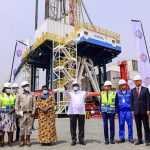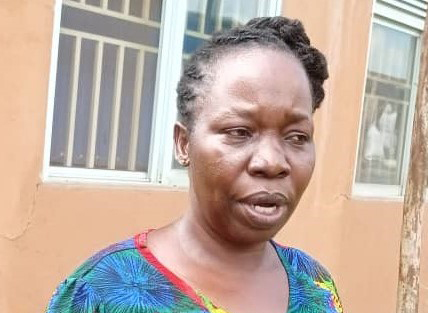Arua City recently witnessed the installation of solar-powered streetlights under the Uganda Support to Municipal Infrastructure Development (USMID) project. This progressive initiative aims to improve municipal infrastructure and enhance the overall urban experience for residents. The solar-powered streetlights have been strategically placed along three major streets: Go Down Road, Pajulu Road (Ediofe Cathedral Road), and Arua Avenue Road, all located in the central division.
The solar street light poles come equipped with essential features such as a lightning arrester, an inbuilt solar panel, and a robust earthing system. These components not only ensure the efficient functioning of the streetlights but also contribute to their durability and reliability in diverse weather conditions.
The positive impact of this solar lighting project is already evident, eliciting excitement among residents who previously navigated through dark spots with trepidation. Kizito Drabile, a boda boda cyclist stationed along Arua Avenue road, vividly recalls the apprehension that prevailed before the installation. Incidents of property loss and criminal attacks were not uncommon, casting a shadow on the safety of the city’s thoroughfares.
Patrick Aluma, another motorcyclist in Arua City, emphasizes the adverse effects of inadequate lighting on the livelihoods of his colleagues. The absence of security lights had compelled many motorcyclists to abandon night shifts, as the poorly lit roads had become vulnerable spots for criminal activities.
Sam Wadri Nyakua, the Mayor of Arua City, sheds light on the substantial investment made in the solar-powered street lights, estimating their value at over 1.4 billion shillings. He urges city dwellers to play an active role in safeguarding this valuable infrastructure from potential vandalism by criminal elements. Nyakua emphasizes that these streetlights not only enhance safety but also contribute to the aesthetic appeal of the city, particularly during the night.
Khemis Muzaidi, the Mayor of Central Division in Arua City, envisions the newly installed street lights as potential catalysts for local economic growth. With well-lit streets, night markets could thrive, thereby increasing local revenue and fostering economic activity after sunset.
Arua City stands out as one of the early beneficiaries of the USMID program, which commenced in 2013. This program, with an overarching goal of improving service delivery by enhancing the institutional performance of urban councils, has also benefitted other local governments such as Lira, Gulu, Soroti, Entebbe, Mbale, Tororo, and Jinja.




















